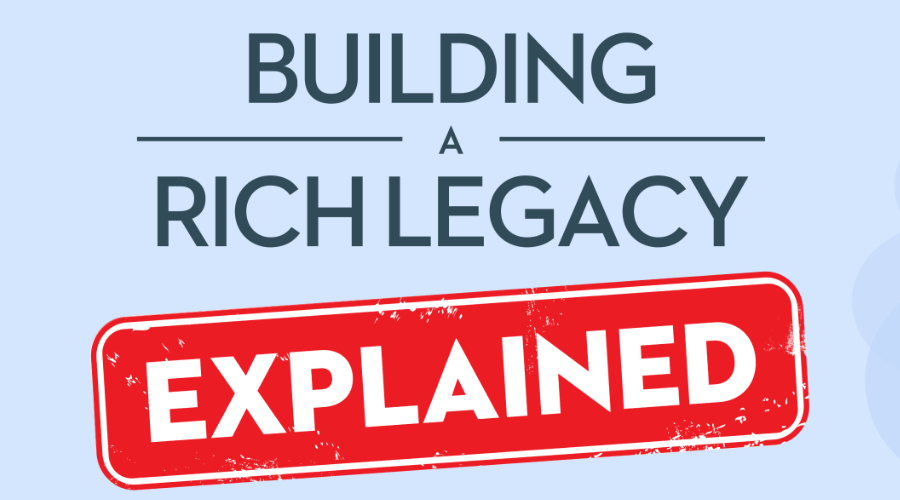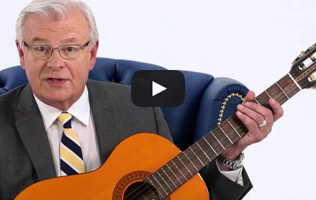While RRSPs are undoubtedly a popular retirement savings vehicle for many Canadians (around two-thirds of us have one) many people are confused about how they work. As many as 30% of Canadians don’t understand RRSP tax rules, and 27% don’t know the difference between an RRSP and a tax-free savings account.
So, what is an RRSP, how does an RRSP work, what happens when you withdraw from an RRSP, and what should you know about RRSP withholding tax (also known as RRSP withdrawal tax)?
How does an RRSP work?
A registered retirement savings plan (RRSP) is designed to be a savings account for your retirement. Many different sorts of investments can be held within an RRSP (including stocks, mutual funds, exchange-traded funds and bonds) and it brings considerable tax advantages.
First of all, any growth within the RRSP (including capital gains, dividends and interest) is tax-free. Secondly, contributions to your RRSP will reduce your tax liability. The amount you contribute is deducted from your income, so your tax bill would be considerably lower, depending on the size of the contribution.
However, because of this generous tax break, the government makes it difficult for you to withdraw money from your RRSP before your retirement. RRSPs are designed first and foremost as retirement savings vehicles and are not supposed to be used as a regular savings account.
In most situations, when you withdraw money from your RRSP, you will be subject to RRSP withholding tax (also known as RRSP withdrawal tax or RRSP redemption withholding tax). RRSP tax rules mean that, as well as paying this RRSP withdrawal withholding tax, you could also pay more in income tax, depending on your marginal tax rate.
Given this double what my of the RRSP withholding tax and added income tax, it’s not surprising that financial advisors warn their clients about making early RRSP withdrawals.
How much can you withdraw from an RRSP?
If you’re looking at how to withdraw an RRSP without paying tax, the amount of money involved is not the issue. We often hear people ask: how much can I withdraw from my RRSP? You could, in theory, withdraw every cent from your RRSP. However, in all but a few particular circumstances (which we will discuss) you would be liable to pay RRSP withdrawal tax.
How can I withdraw money from an RRSP? Contact your financial institution and they will either transfer it to your bank account or issue you with a cheque.
What happens when you withdraw from an RRSP?
The money in an RRSP is designed to be used for your retirement. Ideally, you would only take money out of your RRSP at this time and switch it over to a registered retirement income fund (a RRIF) or an annuity. Of all RRSP withdrawal tax strategies, these are guaranteed ways how to withdraw RRSPs without paying tax. However, if you just withdraw the money, you would be liable to pay an RRSP withdrawal withholding tax.
What happens when you withdraw an RRSP without transferring it to a RRIF or annuity? You will pay RRSP withholding tax, which is taken off at source, by your financial institution. The money will be treated as income, so it could raise your marginal tax rate and you could also get a higher tax bill.
How much are you taxed on RRSP withdrawals?
Smart RRSP withdrawal tax strategies are important because if you just take money out of your RRSP without consulting an expert, you could end up with a hefty tax bill. RRSP withdrawal calculators can help you to work out how much you would pay in RRSP withdrawal withholding tax. However, the math is quite simple:
RRSP withdrawal tax rates
What is the withholding tax on RRSP withdrawals in all provinces (excluding Quebec)?
| Amount withdrawn | RRSP redemption withholding tax |
| Up to $5,000 | 10% |
| $5,001 to $15,000 | 20% |
| $15,001+ | 30% |
How much are you taxed on RRSP withdrawals in Quebec? It’s a little trickier working out how much tax on RRSP withdrawals you’ll pay in Quebec. The federal rates for RRSP withdrawal withholding tax are lower than in all other provinces. However, you will also pay an additional 16% in provincial sales tax (PST):
Quebec RRSP withdrawal tax rates
What is the withholding tax on RRSP withdrawals in Quebec?
| Amount withdrawn | RRSP redemption withholding tax plus PST |
| Up to $5,000 | 21% |
| $5,001 to $15,000 | 26% |
| $15,001+ | 31% |
Using these figures, it’s pretty easy to work out how much tax on RRSP withdrawals you’ll pay, without using an RRSP calculator:
Calculating RRSP withholding tax
Examples of how much you are taxed on RRSP withdrawals (excluding Quebec):
| Amount withdrawn | Calculation | RRSP redemption withholding tax |
| $2,000 | $2,000 x 0.1 (10%) | $200 |
| $5,000 | $5,000 x 0.1 (10%) | $500 |
| $10,000 | $5,000 x 0.1 (10%) = $500
$5,000 x 0.2 (20%) = $1,000 |
$1,500 |
| $20,000 | $5,000 x 0.1 (10%) = $500
$10,000 x 0.2 (20%) = $2,000 $5,000 x 0.3 (30%) = $1,500 |
$4,000 |
| $50,000 | $5,000 x 0.1 (10%) = $500
$10,000 x 0.2 (20%) = $2,000 $35,000 x 0.3 (30%) = $10,500 |
$13,000 |
How much tax on RRSP withdrawals is taken off at source? All of the totals above would be withheld by your financial institution. So, what happens when you withdraw an RRSP and have to pay withholding tax, is that the actual amount you receive is considerably lower than what is withdrawn:
| Amount withdrawn | RRSP redemption withholding tax | Amount you receive |
| $2,000 | $200 | $1,800 |
| $5,000 | $500 | $4,500 |
| $10,000 | $1,500 | $8,500 |
| $20,000 | $4,000 | $16,000 |
| $50,000 | $13,000 | $37,000 |
And, as we mentioned, this might not be the end of it. How much you’re taxed on RRSP withdrawals might not stop at these withdrawal tax figures. If you withdraw a large amount, you could go into a larger marginal tax rate and pay even more in income tax.
How much tax on RRSP withdrawals would I pay if I have low income? And could I get an RRSP withholding tax refund? If you had no or extremely low income, you would still have to pay RRSP withholding tax when you withdraw the money, but you might receive an RRSP withholding tax refund when you file your taxes. So, if you’re looking at ways how to withdraw RRSPs without paying tax, take the money out in a year when you earn very little.
How to withdraw RRSP without paying tax
Many investors wonder, how can I withdraw money from my RRSP without paying withholding tax?
RRSP withdrawal tax strategies #1: Use it to buy a home. With the Homebuyers’ Plan, you can withdraw up to $35,000 to use as a down payment to buy your first home without paying RRSP withdrawal tax. What is the withholding tax on RRSP withdrawals above $35,000? The same as illustrated above: 10% on the first $5,000 above $35,000, and so on. Be aware also, that you do have to recontribute the amount you withdraw within 15 years.
RRSP withdrawal tax strategies #2: Go back to school. The Lifelong Learning Plan allows you to withdraw up to $20,000 to pay for full-time education or training for you or your spouse. There are some eligibility criteria you would have to meet.
The only other ways how to withdraw RRSPs without paying tax is to wait until you retire and transfer the money to a RRIF or annuity, as we mentioned earlier.
Are there other ways to boost your retirement income?
For many retired Canadians, the money they receive from their RRSP savings and government benefits just isn’t enough to enjoy the lifestyle they had when they were working.
If this sounds like you, and you’re a homeowner age 55-plus, there is another way that you could boost your retirement income, so you can live the retirement you always wanted.
A CHIP Reverse Mortgage from HomeEquity Bank allows you to cash in up to 55% of the appraised value of your home’s equity. You can receive the money in a lump sum or in monthly payments. It’s easy to apply for and the best part is, you don’t have to make any regular mortgage payments.
You only have to pay back what you owe when you sell your home or move out, so a reverse mortgage can boost your retirement income without clawing any of it back. Call us at 1-866-522-2447 to find out how much you could borrow to increase your retirement income.































